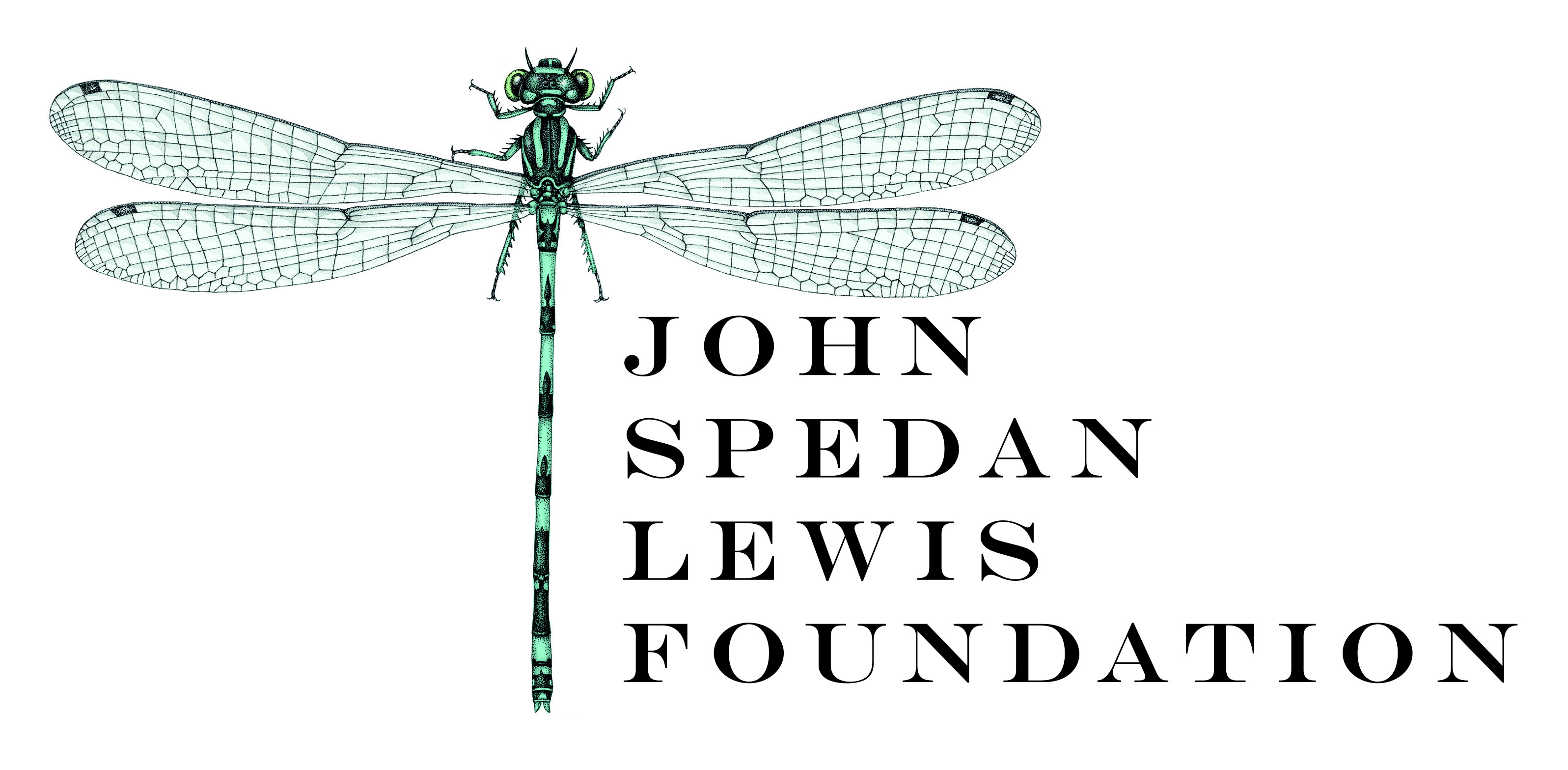Buddleja longiflora
Sponsor
Kindly sponsored by
The John Spedan Lewis Foundation

Credits
Andrew Large (2021)
Recommended citation
Large, A.T. (2021), 'Buddleja longiflora' from the website Trees and Shrubs Online (treesandshrubsonline.
Genus
Other taxa in genus
- Buddleja albiflora
- Buddleja alternifolia
- Buddleja araucana
- Buddleja asiatica
- Buddleja auriculata
- Buddleja caryopteridifolia
- Buddleja colvilei
- Buddleja cordata
- Buddleja crispa
- Buddleja crispa × lindleyana
- Buddleja curviflora
- Buddleja davidii
- Buddleja delavayi
- Buddleja fallowiana
- Buddleja fallowiana × davidii
- Buddleja FLUTTERBY™ Series
- Buddleja forrestii
- Buddleja globosa
- Buddleja glomerata
- Buddleja japonica
- Buddleja lindleyana
- Buddleja LO AND BEHOLD® Series
- Buddleja loricata
- Buddleja × luteolufaucia
- Buddleja macrostachya
- Buddleja marrubiifolia
- Buddleja megalocephala
- Buddleja 'Miss Ruby'
- Buddleja 'Morning Mist'
- Buddleja myriantha
- Buddleja New Dwarf Hybrids
- Buddleja nivea
- Buddleja officinalis
- Buddleja 'Orange Sceptre'
- Buddleja paniculata
- Buddleja × pikei
- Buddleja 'Pink Delight'
- Buddleja saligna
- Buddleja 'Salmon Spheres'
- Buddleja salviifolia
- Buddleja 'Silver Frost'
- Buddleja speciosissima
- Buddleja 'Summer Beauty'
- Buddleja virgata
- Buddleja × wardii
- Buddleja × weyeriana
- Buddleja × weyeriana Hybrids
- Buddleja 'Winter Sun'
Shrubs or treelets 1–4 m tall. Branchlets sub-quadrangular, densely tomentose. Leaves opposite, petiole 1–2 cm long; blade narrowly elliptic or lanceolate 10–20 × 1.2–4 cm, apex acute, base attenuate, margin subentire to serrulate, upper surface glabrescent to coriaceous, lower surface with thick tomentum. Inflorescences up to 15 cm, with paired cymes of three flowers with peduncles 8–30 mm long, subtended by progressively smaller leaves towards the apex. Flowers hermaphrodite; pedicels 5–10 mm long. Calyx tubular, tomentose, tube 13–22 mm long, lobes 5–6 mm long. Corolla tubular, orange in colour, tomentose on the outside, inside glabrous except for glandular trichomes near the throat, tube 35–51 mm long, lobes 2–3.5 mm long. Stamens sessile, inserted near or slightly below sinus, anthers 2–3 × 0.6–1.4 mm. Ovary ovoid, pointed at the tip, tomentose, 4.5–6 mm long; style 25–45 mm long, stigma globose, 0.5–1 mm long. Capsule elliptic, tomentose, 10–17 × 5–8 mm. Seeds wingless, elliptic, 2.5–2.8 × 0.7–0.8 mm. (Norman 2000; Coelho & Miotto 2018).
Distribution Brazil Minas Gerais
Habitat Rocky grasslands and thickets at elevations above 2000 m asl.
USDA Hardiness Zone 8-9
RHS Hardiness Rating H4
Conservation status Near threatened (NT)
Taxonomic note Buddleja longiflora very closely resembles B. speciosissima of Mt. Itatiaia (Brazil), differing only its longer flowers and more acuminate calyx lobes. These small differences might only justify consideration at a subspecific level (Norman 2000).
Buddleja longiflora is a rare species with a very small range, found only on the Serra do Caparaó (Minas Gerais, Brazil) at elevations above 2000 m; its distribution is completely enclosed by the Caparaó National Park. (Coelho). It mostly grows as a small, scrubby shrub on rocky fields and in shrub thickets at high altitude. The flowers are long and tubular, amongst the longest of any Buddleia species, and it is this feature for which the species is named. The corolla is deep orange in colour. (Coelho & Miotto 2018).
The species has recently been introduced into horticulture. Ex situ, it flowers from early summer onwards, although in its native habitat it may flower all year round (Coelho & Miotto 2018). Indiginous at a significant altitude (c. 2400 m asl) B. longiflora is more or less hardy and semi-evergreen in temperate regions, able to survive temperatures as low as –10ºC for short periods. Advisable conditions are similar to other near-hardy Buddleja, with this species also requiring well-drained soil, full sun, and some degree of shelter from the harshest winds.

